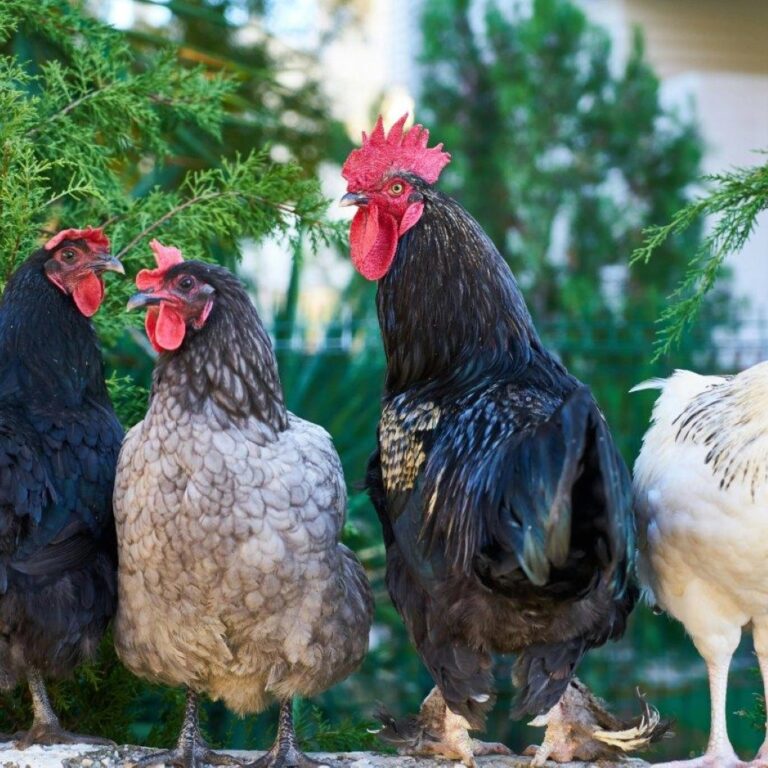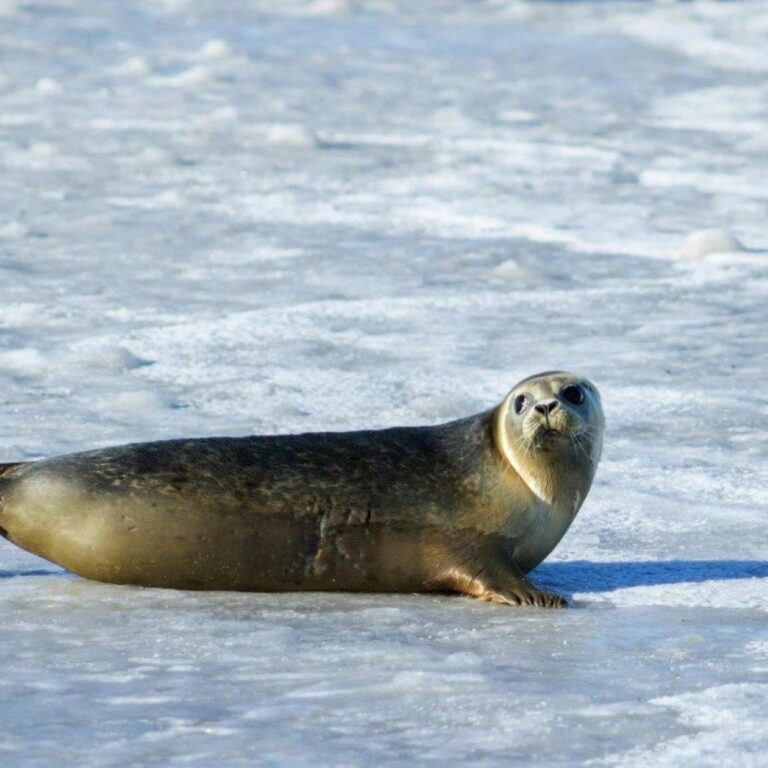They are descendants of the red junglefowl, a wild bird native to Southeast Asia. They were first domesticated around 8,000 years ago for their meat and eggs.
There are more chickens on Earth than any other bird species, with an estimated population of over 25 billion. They live on every continent except Antarctica.
Chickens have excellent memories and can recognize up to 100 different faces, both of other chickens and humans. They can also remember and distinguish between different objects.
Chickens communicate using a wide range of vocalizations, with over 30 different sounds that convey various messages, such as warning of predators, calling to their chicks, or signaling the discovery of food.
Chickens have a complex social structure known as the pecking order. This hierarchy determines which chickens have priority access to food, water, and nesting sites.
A hen's egg-laying cycle is influenced by daylight, and they typically lay more eggs during the spring and summer months when the days are longer. Artificial lighting can be used to extend their laying period.
Chickens are omnivores, meaning they eat both plants and animals. Their diet can include grains, seeds, insects, and even small rodents or reptiles.
The world record for the most eggs laid by a single hen in one year is 371, achieved by a white leghorn hen. On average, a hen lays about 250 to 300 eggs per year.
They have a natural instinct to scratch the ground with their feet to uncover food. This behavior, known as foraging, helps them find insects, seeds, and other edible items in the soil.
Chickens have excellent vision and can see in color, including ultraviolet light, which is invisible to humans. This ability helps them find food and recognize each other.
The incubation period for chicken eggs is 21 days. During this time, the hen will turn the eggs regularly to ensure even development and maintain the proper temperature and humidity.
Chickens can fly short distances, but they are not strong fliers. They can, however, use their wings to help them escape predators or reach elevated roosting spots.
The largest breed of chicken is the Jersey Giant, which can weigh up to 13 pounds or more. The smallest breed is the Serama, which typically weighs less than 1 pound.
Chickens exhibit empathy, particularly hens toward their chicks. Hens often cluck softly to reassure their chicks and respond to their distress calls.
Chickens have been kept as pets for centuries, and in recent years, backyard chicken keeping has become increasingly popular. Chickens are valued not only for their eggs but also for their companionship and role in sustainable living.


